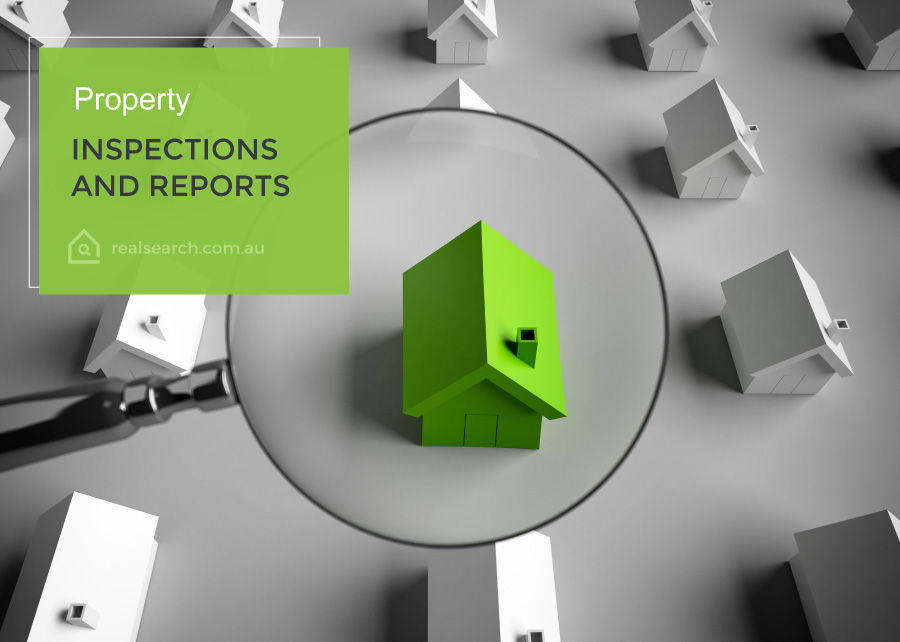
Miji Michael April 04, 2021
Buying a home is probably going to be your biggest investment so its best that you know as much as possible about the condition of the property before making a decision. This helps to avoid any problems and unexpected extra costs later on. You can either inspect the property yourself or pay for a building inspection report, or both.
By identifying issues with a property you are able to save thousands of dollars later on. And, more importantly, it will help to keep you and your family safe.
According to Fair Trading NSW, when you ask for a contract of sale as a prospective buyer, the agent must inform you about previous property inspection reports that have been commissioned. You may also be able to negotiate a cheaper price to repurchase one of those reports.
Why you need a building inspection report
The benefits of getting a building inspection report done before you buy a property are:
knowing what the problems are in advance
using the information to negotiate a lower price for the property as you may have to pay to repair some of the problems
gaining specialist advice about any major problems and how they will affect the property over time.
Pre-purchase property inspection reports
A building inspection report describes the condition of the property. It includes any significant building defects or problems such as rising damp, movement in the walls (cracking), safety hazards or a faulty roof. This is usually carried out before you exchange sale contracts, so that you can identify problems that could prove costly to repair, if left unchecked.
It’s also recommended that you ask your inspector to also check for pest damage during the inspection. This may cost a little extra, but is advisable given the extensive damage termites and other pests can cause.
Choose the right person to inspect the property
It is recommended that you use a suitably qualified person to provide a professional building inspection report of the property. This includes a licensed builder, a surveyor or an architect. They should also be able to identify any cosmetic improvements that are covering up any faults, which could be missed by an untrained eye.
A professional person will also ensure that the format and content of the report complies with the relevant Australian Standard.
You will also need to ensure that the person you choose has adequate insurance cover, particularly for professional indemnity.
Report contents
There is an Australian Standard that pre-purchase building inspection reports must comply with, but it does not include style or content.
The report’s format, detail and cost will depend on the type of property you choose and the process used by the consultant or organisation to prepare it.
General information
The inspection should include all accessible parts of the property, as follows:
interior of the building
exterior of the building
roof space
under-floor space
roof exterior
site.
In addition, you may also ask for a particular item or part of the property to be inspected, such as:
visible signs of asbestos
existence of an operable electrical safety switch
operable smoke alarms.
The site
The following would normally be included in a building inspection report:
garage, carport and garden shed
separate laundry or toilet
small retaining walls (ie. non–structural)
steps
fencing
surface water drainage
storm water run-off
paths and driveways.
Make sure you specify any particular items or areas on the site that you would like to be inspected.
Things not included in a report
Remember that a building inspection report is to identify any major problems visible at the time of the inspection. It does not deal with every aspect of the property. The extent of any problem will be influenced by the age and type of property.
Factors that affect the report
Certain conditions will affect the final report including:
problems difficult to detect due to weather or other conditions such as rising damp and leaks
the information you provide to the consultant
the specific areas of the consultant’s ‘expertise’ as specified in the report
problems that may have been deliberately covered up to make an area appear problem free.
Getting a report
Most consultants need a minimum of 2–3 days notice to do a building inspection. You should get the vendor’s permission to have the property inspected as early in the sale negotiations as possible. This will help you decide if the property is worth buying. There may be little point in spending money on conveyancing until you know the condition of the property.
Should the inspection flag any particularly worrying issues, it’s advisable to commission a more detailed assessment from an appropriate expert, such as a plumber, electrician, or engineer, before making a final decision to purchase the property.
